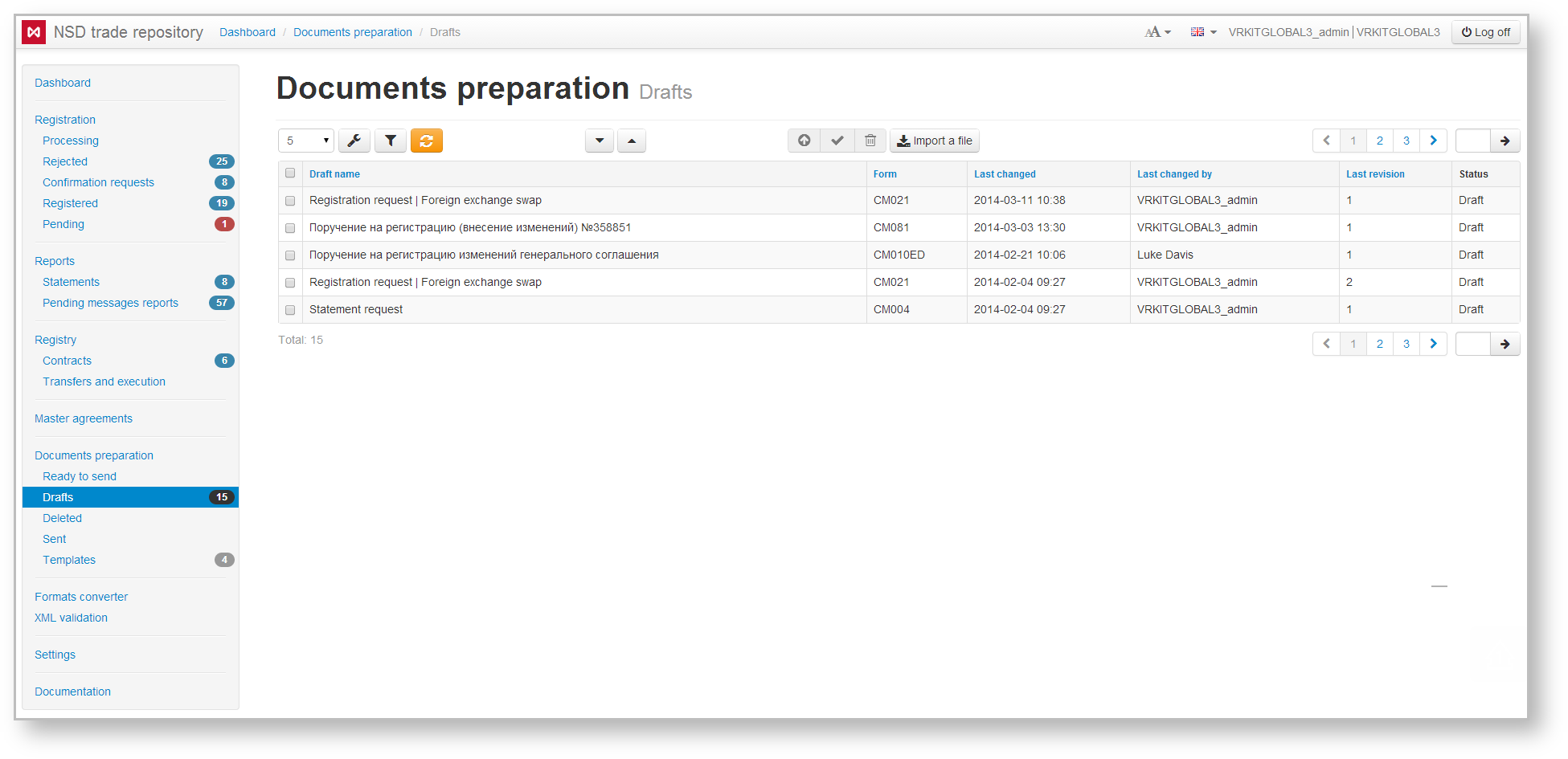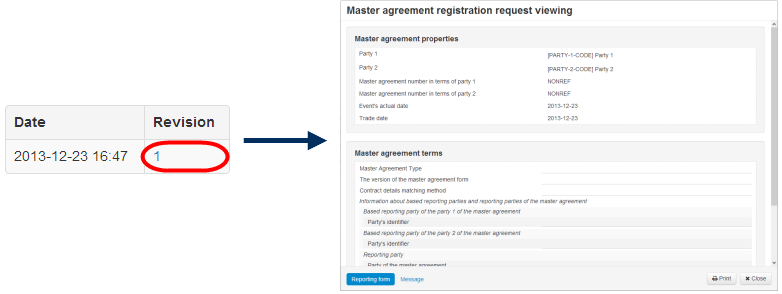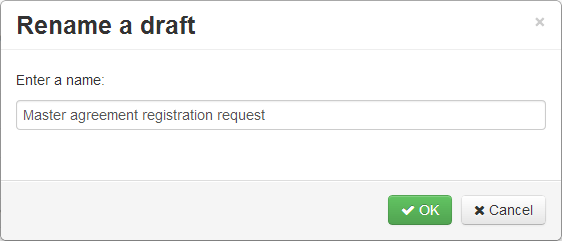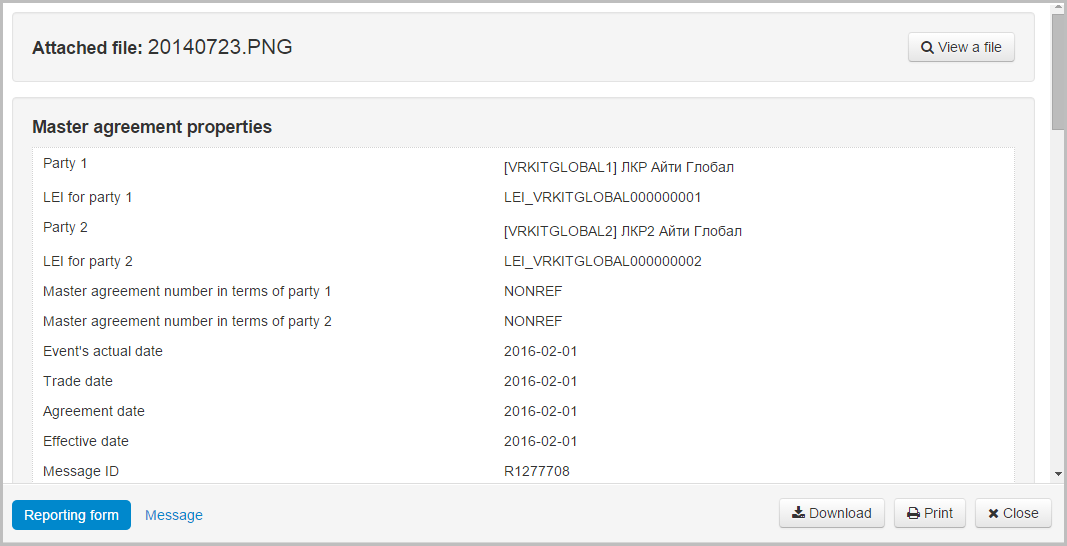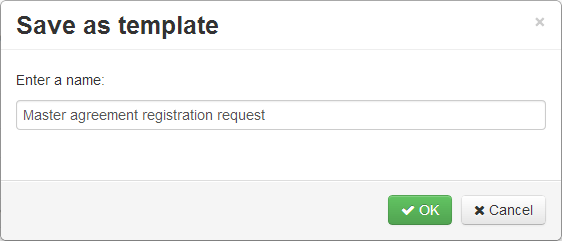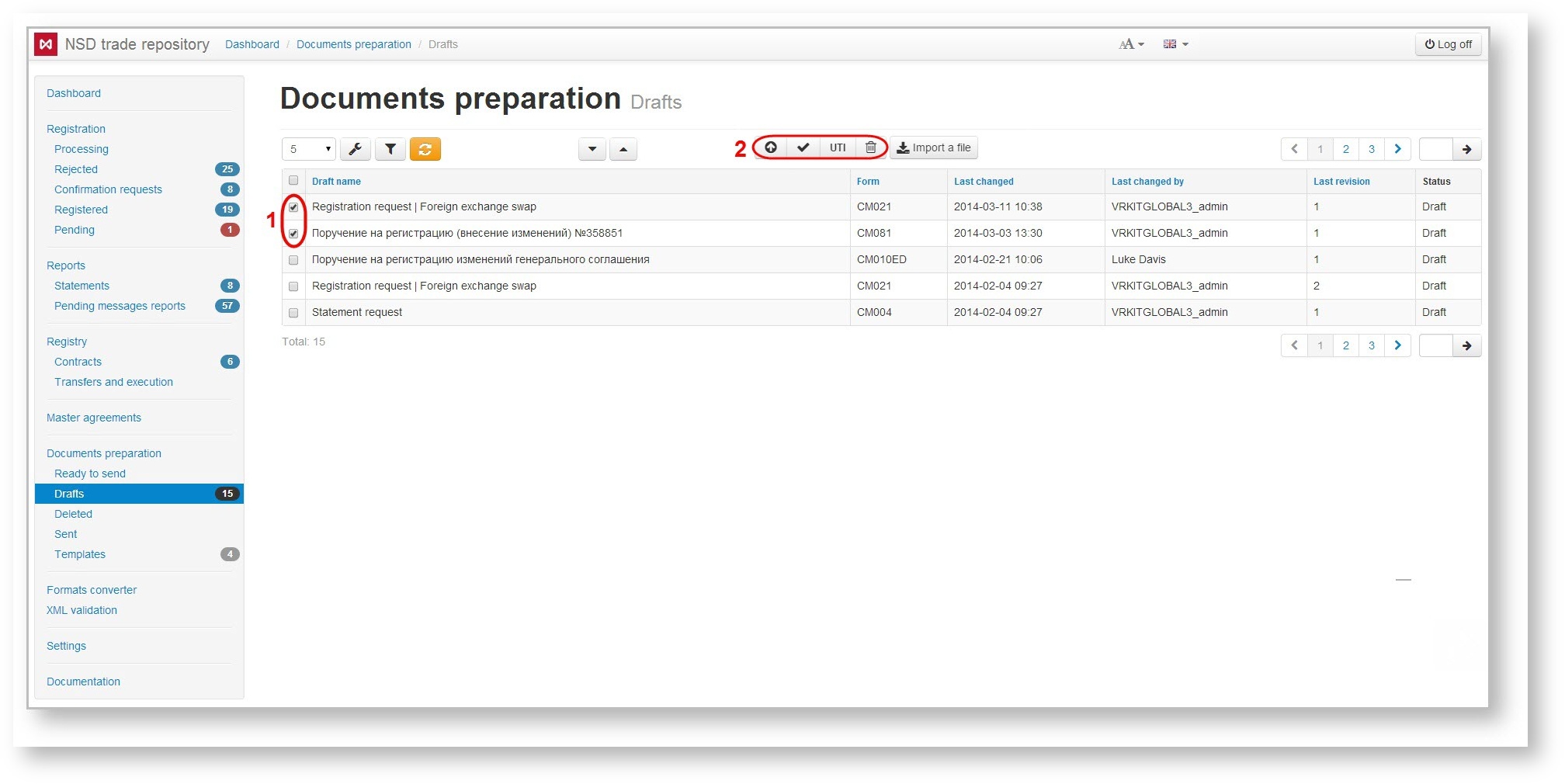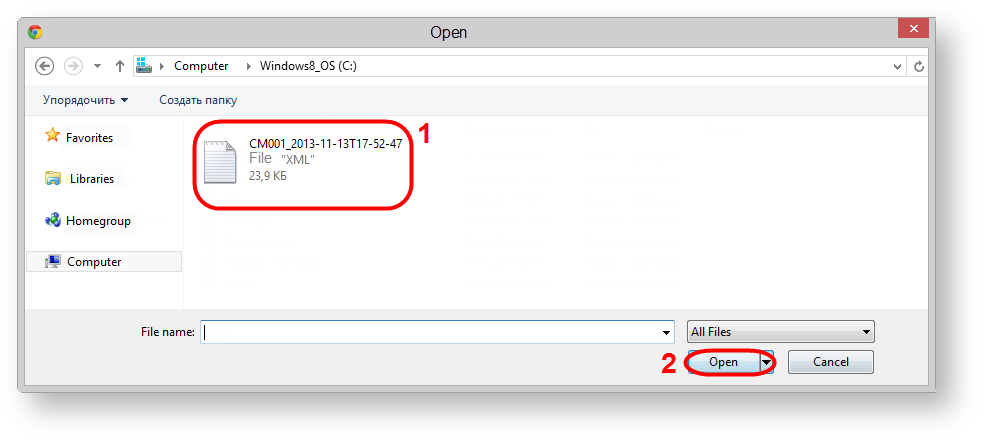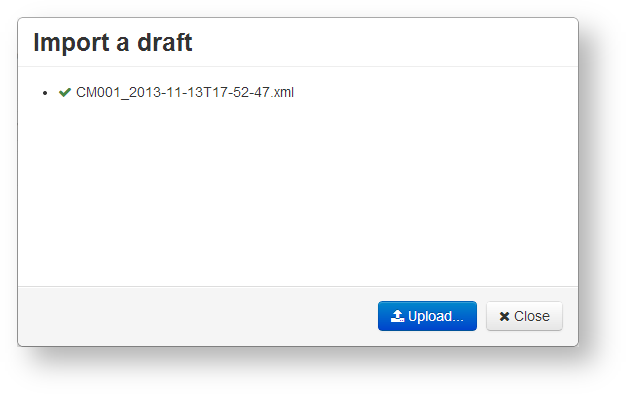After creating and saving a message the document gets to the Drafts form (Fig. 1).
Fig. 1 – Drafts form
Information about the drafts is displayed in a table that contains:
- Draft name – message name assigned at creation and saving;
- Form – message form code;
- Last changed – date and time of last message modification;
- Last changed by – name of the user who made changes;
- Last revision – latest version of the document.
The draft table can be filtered by date to display the messages created or modified within a certain period of time. Clicking on button opens a bar for specifying a date range using a calendar (Fig. 2). After the time has been specified, click the button to apply filtering. This will generate a table with drafts corresponding to the filter parameters.
Fig. 2 – setting filters for the table
Clicking on the row (Fig. 3.1) opens an additional table (Fig. 3.2), which displays the history of document modifications:
- date of modification;
- version of the document. The version number is automatically assigned to the document by the Web-client every time you save your changes.
Fig. 3 – additional table
Under the table, the draft ID number is specified (Fig. 3.3), assigned by the system at message creation. The ID number is not changed.
To view any version of the draft click on its number. This will open a window to view message (Fig. 4).
Fig. 4 – view draft
In the Draft form the document can be renamed, edited, a template can be created based on it, etc. All these actions are performed using the toolbar that appears when you hover the mouse over a row in the table. The toolbar is described in Table 1.
Table 1 – Description of the toolbar buttons
| Button | Description | Calling form |
|---|---|---|
Change draft status to To be sent Clicking on the button opens a window to confirm the action, in which you must click OK to change the draft status to To be sent. | ||
Signing with digital signature and sending for registration Clicking on the button opens the confirmation window, where you need to click OK to send message to the repository | ||
Calling the rename draft form Clicking on the button opens a window in which you can rename message, if necessary, then click OK to save | ||
Calling the view draft form Clicking on the button opens the electronic form of the document, where you can view and print the data | ||
Calling the edit draft form | ||
Creating draft copy Clicking on the button will take you to the message creation/editing form, where you need to make the necessary changes and save draft. | ||
Creating a draft-based template Pressing the button opens a window allowing to save draft as a template. In this window specify the name of the template and click OK. This will take you to Edit template form, where you can make changes and save the document. | ||
Deleting a draft Clicking on the button opens a confirmation window, in which you need to click OK to delete.
| ||
Web-client allows to carry out the following operations:
- moving orders to the To be sent form;
- sending orders to the repository for registration;
- deleting orders.
The selection of the orders is performed by checking the appropriate checkboxes in the first column of the table (Fig. 5,1). Then you need to click the button on the toolbar to perform an operation (Fig. 5,2).
Fig. 5 – working with several orders
To import FpML messages or a ZIP package containing an FpML message you need to:
- click the button. This will open the Import draft form (Fig. 6);
click the button to choose a file. This opens the Opening window (Fig. 7).
Files in non-FpML formats (NSD old format (*.xml), and tabular formats CSV, XLS, DBF (*.zip) will be converted into FpML automatically.
Fig. 6 – Import drafts form Fig. 7 – choosing file- select files or an archive (Fig. 7.1) and click the Open button (see Fig. 7.2). As a result, the selected files will be displayed in the Import draft window (Fig. 8). If you have selected an archive, all FpML files from the archive regardless of its nesting level will be displayed in a hierarchical list. File format is checked during the upload. File that do not match the FpML format will not be converted;
Fig. 8 – list of selected files click the button to exit the Import draft form. Imported files are displayed as a table in the form.
These tables are subject to information display settings, described in section General Settings.
